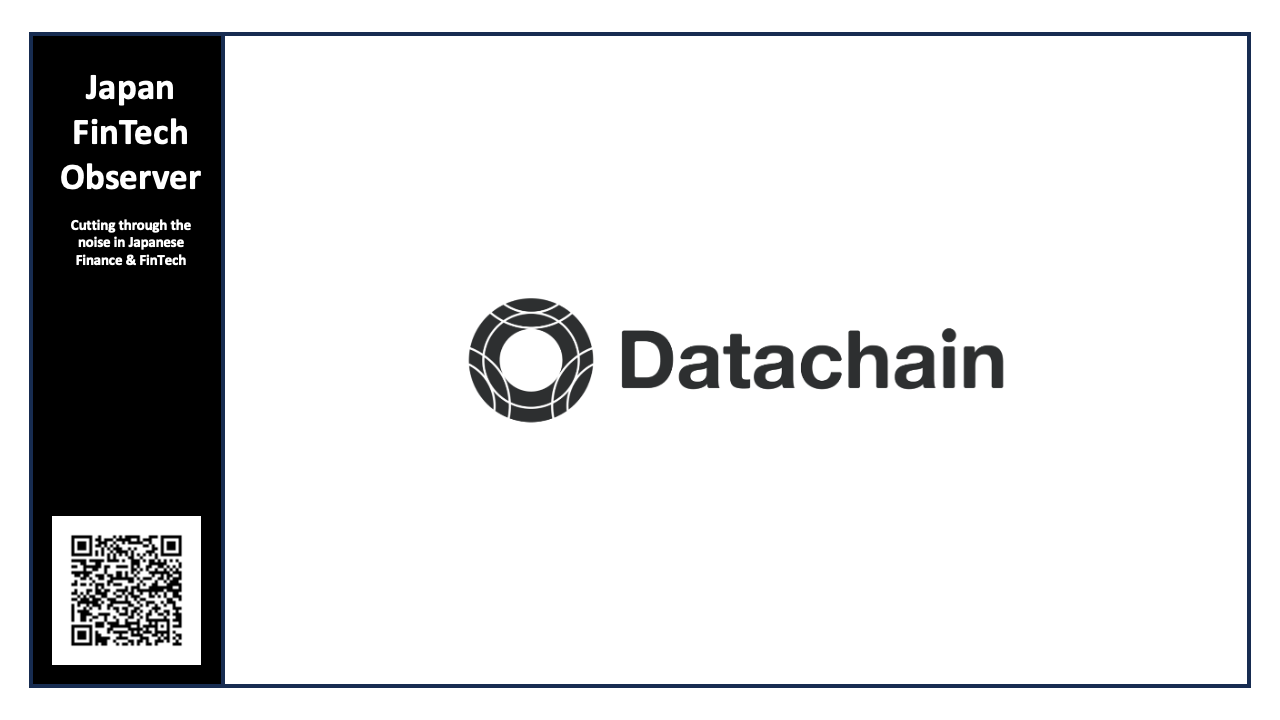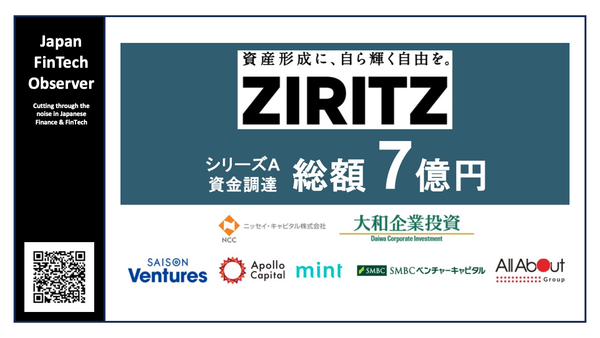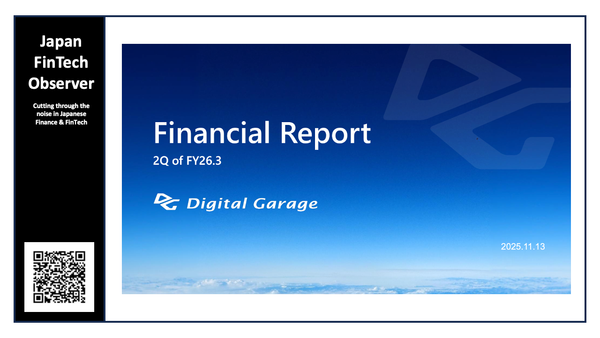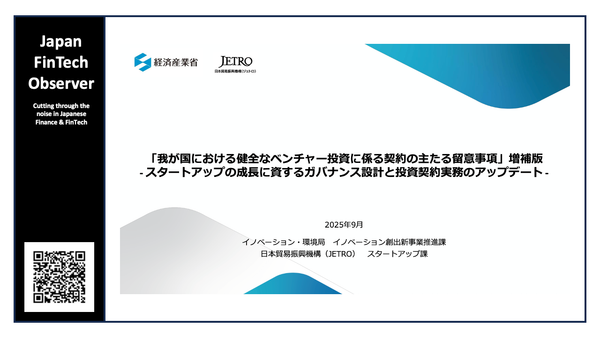Datachain Launches “Tokenized Deposit” Initiative

Datachain has entered the field of tokenized deposits, leveraging blockchain technology. In recent years, global financial institutions including J.P. Morgan, Citi, and HSBC have been accelerating their use of distributed ledger technology (DLT) for deposits and payment services–an industry shift aligned with the Bank for International Settlements’ (BIS) “Finternet” vision. Amid this global movement, Datachain aims to develop AI-native, programmable infrastructure for payments and treasury management through this new initiative.
Tokenized deposits and stablecoins are increasingly recognized as core components of next-generation digital money. Since 2022, Datachain has been actively developing its stablecoin business and advancing real-world implementation through collaborations with Japan’s three megabanks, Swift, and Progmat. Each approach offers distinct advantages, and Datachain believes that covering both tokenized deposits and stablecoins is key to driving structural innovation in financial infrastructure and the growth of on-chain finance. By entering the tokenized deposit space, Datachain aims to provide infrastructure that supports diverse use cases and customer needs, positioning itself as a leading enabler of the on-chain financial era.
Going forward, Datachain will continue collaborating with stakeholders across the industry to explore and develop practical, sustainable models for real-world adoption—covering regulatory, technical, and operational perspectives.
1. Background of the New Initiative
Since its founding in 2018, Datachain has focused on research, development, and commercialization of blockchain technology. In recent years, the company co-founded Progmat with major financial institutions, and has worked with Swift and Japan’s three largest banks to build a cross-border payment infrastructure using stablecoins. Through these initiatives, Datachain has been driving innovation in user experience within the traditional financial sector by applying blockchain technology to real-world financial operations.
In addition to these efforts in Japan, the adoption of DLT in the global financial sector has been accelerating rapidly. Notable examples include Citi’s “Citi Token Services for Cash”, HSBC’s “Tokenised Deposit Service”, and J.P. Morgan’s “Kinexys”. In particular, J.P. Morgan’s Kinexys Digital Payments, a DLT-based payment solution, enables 24/7 settlements using bank deposits and is already being used by multiple global corporations and financial institutions. As of November 2024, the average daily transaction volume on the Kinexys platform reached 2 billion USD. Furthermore, BIS has proposed a new international financial architecture called “Finternet”. This concept envisions a globally connected financial network, where different financial institutions and services can interoperate—much like the Internet—allowing individuals and businesses to access a wide range of financial services safely, instantly, and seamlessly.
DLT is the core technology underpinning this vision, enabling multiple entities—such as financial institutions and corporates—to share the same transaction and asset data in real time while maintaining consistency. This can eliminate redundant record-keeping and reconciliation processes across separate ledgers with significantly reducing operational costs. The concept of a “Unified Ledger”, built on DLT, is gradually taking shape. It enables the instant and secure settlement of digital assets such as tokenized deposits and securities (e.g., stocks, bonds). By leveraging smart contracts, this infrastructure can automate and synchronize delivery and payment (DvP) such as securities transactions—achieving real-time settlement at lower cost and greater flexibility. As DLT-based infrastructure continues to expand, financial transactions—once confined within the closed systems of individual institutions—are evolving into a more open and interoperable financial network. The Finternet initiative embodies this vision for the future of global finance, positioning DLT as the foundational layer that makes such a system possible. In short, DLT and blockchain technology have moved far beyond the experimental stage, emerging as core infrastructure for the next generation of traditional finance.
2. Tokenized Deposit Initiative
Details of specific proof-of-concept themes and outcomes will be disclosed in phases as technical trials and framework consideration progress. Through this initiative, Datachain will advance research, development, and testing, aiming for the social implementation of tokenized deposits by addressing technical, institutional, and operational requirements.
Key focus areas:
- Developing and testing blockchain-based models for recording and managing funds, receivables, and other claims
- Demonstrating programmable settlement and accounting integration using smart contracts
- Designing use cases aligned with the operational structures and needs of corporates
- Exploring AI-driven automation to streamline business and financial processes for corporates and financial institutions
While several countries have explored the application of DLT to certain parts of the financial system, a comprehensive initiative that examines tokenized deposits from both regulatory and technical perspectives as part of public financial infrastructure remains pioneering in Japan. Through these efforts, Datachain aims to promote the real-world adoption of tokenized deposits in Japan—a key component of the globally envisioned “Finternet” architecture—and contribute to enabling industries to leverage financial functions more flexibly and programmatically.
3. Why Address Both Tokenized Deposits and Stablecoins
Tokenized deposits, alongside stablecoins, are gaining recognition as the core pillars of next-generation digital currency. Since forming a technical partnership with Mitsubishi UFJ Trust and Banking Corporation in 2022, Datachain has been actively advancing practical initiatives in the stablecoin space—most notably through Project Pax, which aims to build a cross-border payment infrastructure powered by stablecoins.
Each model offers distinct advantages and challenges, and Datachain believes that covering both areas is essential for the future development of on-chain finance. Stablecoins can be introduced without major modifications to existing accounting systems, allowing financial institutions to adopt them at relatively low cost while avoiding duplication in systems and operations. However, stablecoins pose certain limitations where they require jurisdiction-specific regulatory treatments and cannot typically bear interest for holders. In contrast, tokenized deposits are legally more straightforward to define, and an increasing number of countries—including the U.S. and the U.K.—are recognizing them as bank deposits, making global rollout more feasible. Another major advantage is that they can accrue interest as bank deposits. That said, tokenized deposits require real-time integration with core banking systems, leading to higher technical and operational costs during implementation. In the future, interoperability with wholesale central bank digital currencies (CBDCs) and central banking systems is also expected, which will demand additional development and operational resources.
As noted above, the financial world is moving toward an on-chain era, where all types of assets would be represented and transacted on distributed ledgers, which require more open and interoperable financial infrastructure. This structural transformation represents a pivotal moment in forming the next-generation financial ecosystem—and an important business opportunity for Datachain. As a company committed to providing the infrastructure for the on-chain financial era, Datachain will strategically advance both stablecoin and tokenized deposit initiatives to create long-term, sustainable value in the evolving global financial landscape.
4. Future Outlook
Going forward, Datachain will work closely with relevant stakeholders to gradually establish the regulatory, technical, and operational frameworks necessary for the real-world implementation of tokenized deposits. In parallel, the company will conduct multiple proof-of-concept projects with corporate partners to explore the potential applications of tokenized deposits across a wide range of industries, including manufacturing, trading, and logistics. Through these efforts, Datachain aims to help create a society where corporates can flexibly design and integrate financial functions optimized for their own business operations and/or supply chain structures. We will continue to share updates and results from its technical trials and framework consideration as they progress.






